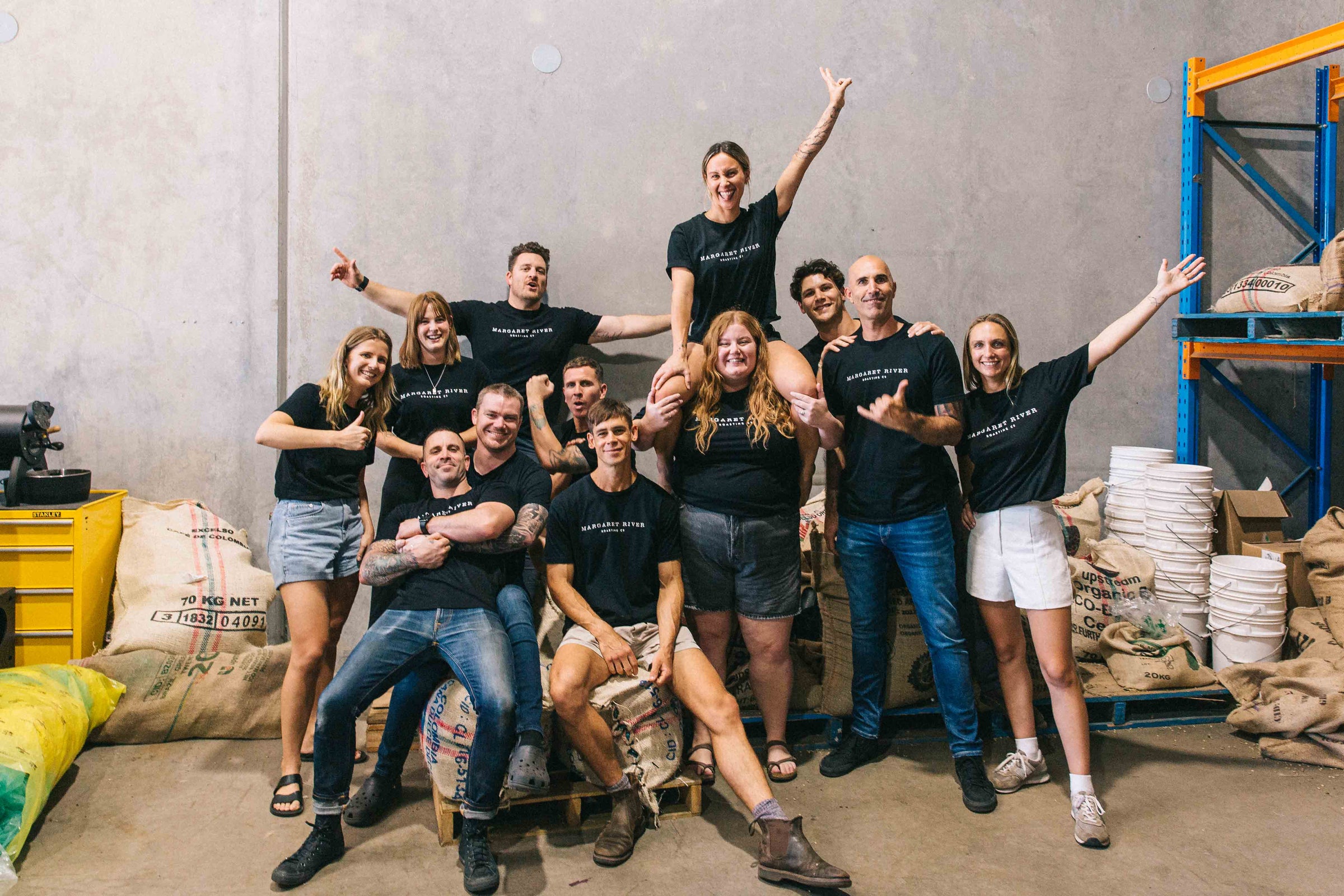The Science of the Perfect Roast: A Coffee Lover’s Guide
Coffee enthusiasts around the world often talk about the perfect roast, but what exactly does that mean? In this comprehensive guide, we will delve into the art and science behind coffee roasting, exploring the different levels of roasting, how to taste and assess the quality of roast, the impact of roasting on health, and much more. Whether you prefer a light, medium, or dark roast, understanding the nuances of coffee roasting will help you appreciate and enjoy your daily cup even more.

The Art and Science of Coffee Roasting
Coffee roasting https://margaretriverroasting.com.au/blogs/news/the-science-of-coffee-roasting-an-in-depth-look is both an art and a science, with roasters carefully controlling the temperature, airflow, and time to achieve the perfect balance of flavors and aromas. The process begins with green coffee beans, which are carefully selected from different regions around the world for their unique characteristics. These beans undergo a complex transformation during the roasting process, as heat causes them to expand, release moisture, and develop sugars that caramelize to create the rich, complex flavors we associate with coffee.
Roasters use a variety of techniques to achieve different roast profiles, ranging from light to dark. Light roasts are roasted for a shorter amount of time at lower temperatures, preserving the delicate flavors and acidity of the beans. On the other end of the spectrum, dark roasts are roasted for a longer period at higher temperatures, resulting in bold, smoky flavors with less acidity. Finding the perfect balance between these extremes is key to creating a roast that highlights the unique characteristics of the beans while appealing to the preferences of the consumer.
Different Levels of Coffee Roasting
When it comes to coffee roasting, there is a wide spectrum of roast levels to choose from, each offering a unique flavor profile and aroma. Light roasts, also known as cinnamon or New England roasts, are roasted for a short amount of time at low temperatures, resulting in a light brown color and a subtle, floral aroma. These roasts retain the natural acidity and brightness of the beans, making them popular among those who prefer a more delicate cup of coffee.
Medium roasts, such as American or Breakfast roasts, are roasted for a slightly longer period at higher temperatures, producing a medium brown color and a balanced flavor profile with a hint of sweetness. These roasts are versatile and well-suited for a wide range of brewing methods, making them a popular choice for everyday coffee drinkers. Dark roasts, including French or Italian roasts, are roasted for a longer period at high temperatures, resulting in a dark brown color and bold, smoky flavors. These roasts have a rich, full-bodied taste with little acidity, making them ideal for those who enjoy a stronger, more robust cup of coffee.
How to Taste and Assess the Quality of Roast
Tasting and assessing the quality of a roast involves more than just taking a sip and noting whether it tastes good or bad. A skilled coffee taster will evaluate the aroma, flavor, acidity, body, and aftertaste of the coffee to determine its overall quality and characteristics. Aroma is one of the first things you notice when you take a sip of coffee, and it can range from floral and fruity to nutty and smoky, depending on the roast profile. The flavor of the coffee is influenced by a combination of factors, including the origin of the beans, the roast level, and the brewing method used.
Acidity refers to the brightness or sharpness of the coffee, which can range from mild and subtle to bright and tangy. Body refers to the weight and texture of the coffee on your palate, ranging from light and delicate to full and creamy. The aftertaste, also known as the finish, is the lingering flavor that remains in your mouth after you have finished your cup of coffee. By paying attention to these characteristics and how they interact with each other, you can develop a more nuanced understanding of the coffee you are tasting and better appreciate the skill and craftsmanship that goes into roasting each batch of beans.
The Impact of Roasting on Health
A. Health benefits of drinking coffee
Coffee has long been celebrated for its potential health benefits, with studies suggesting that moderate coffee consumption may reduce the risk of certain diseases, including type 2 diabetes, Parkinson's disease, and Alzheimer's disease. Coffee is rich in antioxidants, which help protect the body from damage caused by free radicals and inflammation. The caffeine in coffee has also been linked to improved focus, alertness, and physical performance, making it a popular choice for those looking to kickstart their day.

B. How roasting level can impact health benefits
The level of roasting can have a significant impact on the health benefits of coffee, as different compounds are created or destroyed during the roasting process. Light roasts retain more of the antioxidants found in green coffee beans, while dark roasts have higher levels of compounds like N-methylpyridinium, which has been linked to reduced inflammation and improved gut health. However, dark roasts also contain higher levels of acrylamide, a potentially harmful compound that forms during the roasting process.
C. The optimal roast for maximum health benefits
Finding the optimal roast for maximum health benefits can be challenging, as it depends on a variety of factors, including personal taste preferences and overall health goals. However, many experts recommend choosing a medium roast, which strikes a balance between preserving antioxidants and minimizing the formation of acrylamide. By choosing a high-quality, freshly roasted coffee and brewing it using a method that retains the most beneficial compounds, you can enjoy the potential health benefits of coffee while savoring the unique flavors and aromas of each cup.
Conclusion
In conclusion, the science of coffee roasting is a complex and fascinating process that plays a crucial role in shaping the flavors and aromas of your daily cup of coffee. Whether you prefer a light, medium, or dark roast, understanding the nuances of coffee roasting can help you appreciate the skill and artistry that goes into creating the perfect roast. By exploring the different levels of roasting, learning how to taste and assess the quality of roast, and considering the impact of roasting on health, you can deepen your appreciation for this beloved beverage and enjoy a more fulfilling coffee-drinking experience. So, next time you take a sip of your favorite brew, take a moment to savor the flavors and aromas and consider the journey that each bean has taken to reach your cup.
